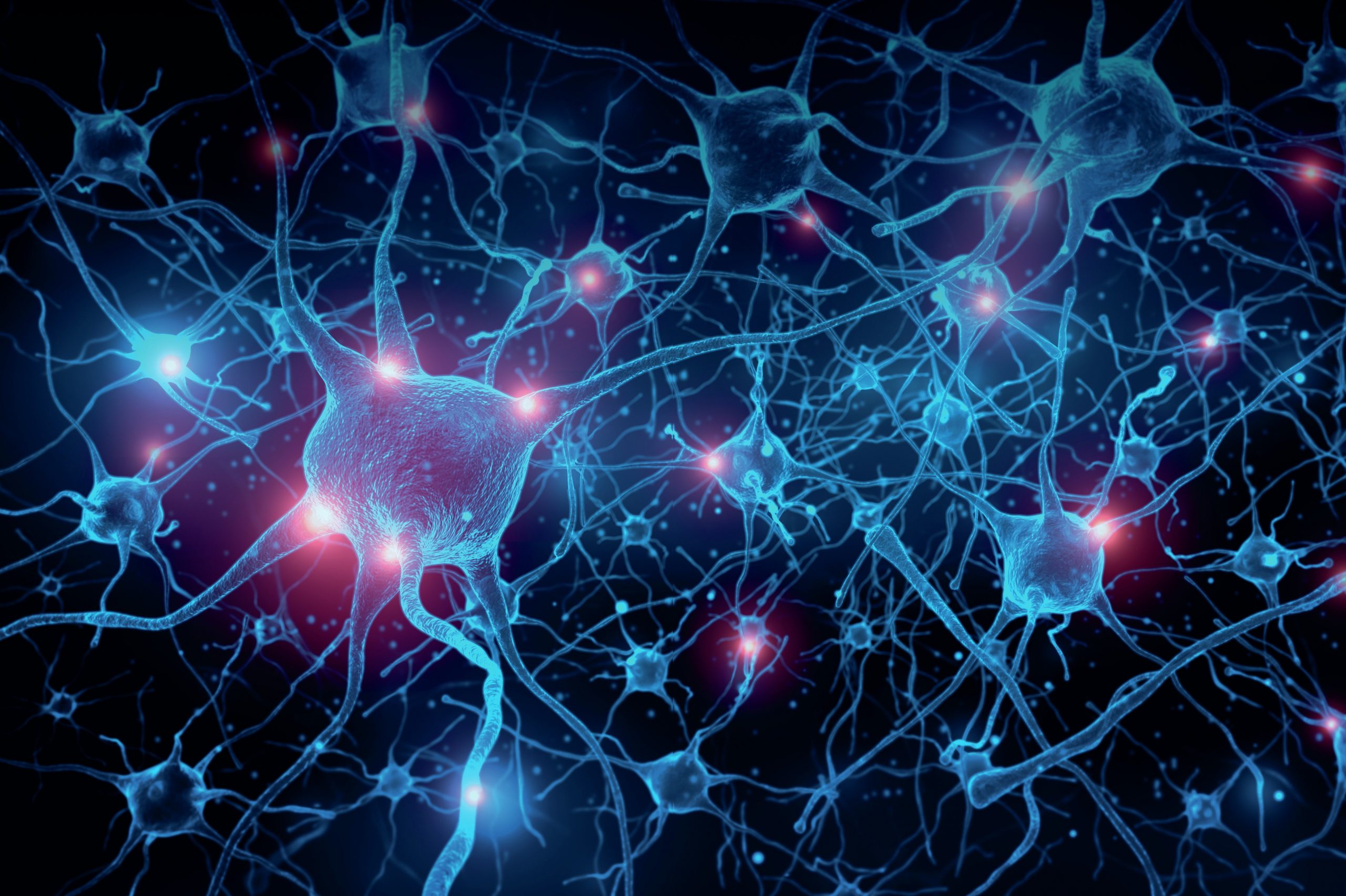
Paul Broca and later Carl Wernicke both studied living people with certain language difficulties and later, using post-mortem examination, showed that there were lesions in identifiable, localised areas of the brain. Broca’s area is responsible for speech comprehension and Wernicke’s area for language comprehension.
Santiago Ramon y Cajal, using Camillo Golgi’s staining technique, identified discontinuity in the nervous system, i.e. that neurons were individual cells interconnected through synapses. This laid the foundations for understanding the function of various components of the nervous system.
Your organisation does not have access to this article.
Sign up today to give your students the edge they need to achieve their best grades with subject expertise
Subscribe



